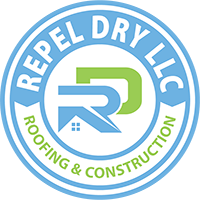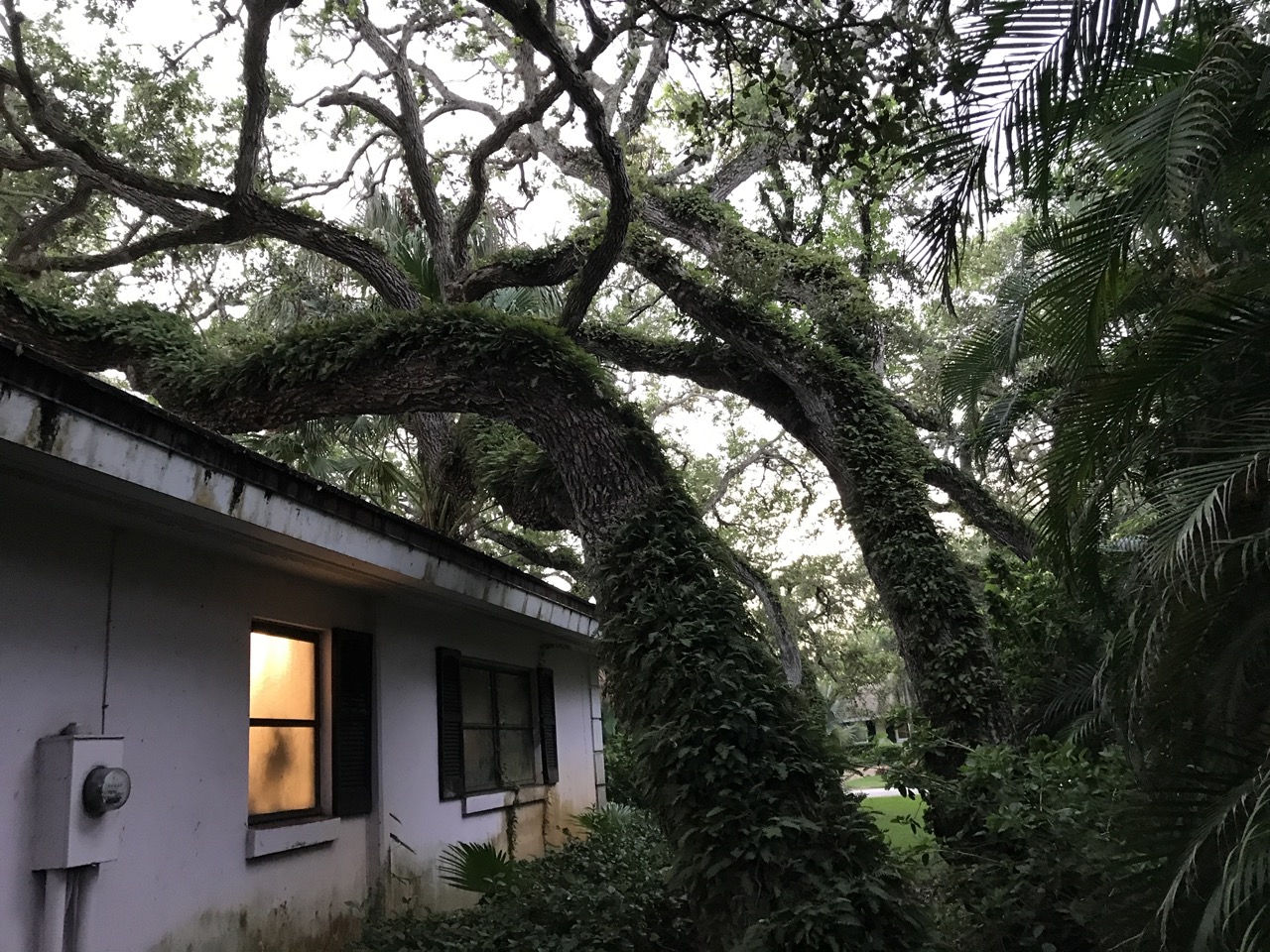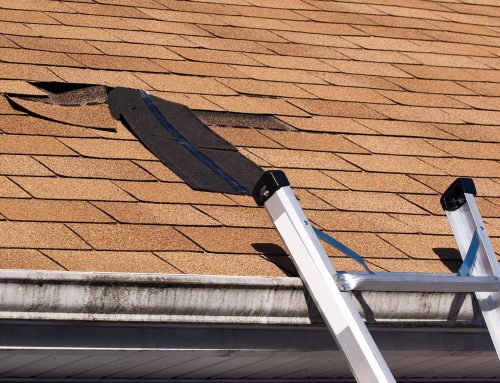Roofs in Florida are affected by extreme conditions and are constantly under attack by mother nature, father time, and Florida’s diverse animal and insect populations. It’s important to preform annual inspections on your roof and make preventative maintenance to avoid costly repairs to your home in the future. At Repel Dry, we are fully committed to prevention over cure. Give us a call to schedule an inspection of your roof or if you prefer to do it yourself here are a few useful tips on what to look for and repair.
Inspect Roof Shingles: Damage to roofing shingles can take many forms. The most common damage occurs from impacts and directly from the wind that can cause impacts. We have found everything from Tree branches to stray bullets lodged in roofs (happy new year) just waiting to cause an interior leak even to very new roofs. It’s important to check for any loose, damaged, or missing shingles and replace them as necessary.
Trim Overhanging Branches: Trees and bushes overhanging a roof can bring their own issues. Limbs and branches rubbing on the shingles during storms are a major contributor but deadfall buildup, especially leaves and pine needle buildup is also trouble. Leafy buildup on your roof can cause moisture retention on your roof and invite insect infestations. Lichens are a good indication of moisture retention and the lack of sunlight on your asphalt shingle roof. Clean moss, algae, and other organic growth and debris from the roof surface to prevent it from damaging shingles and causing moisture retention.
Inspect Flashing: Flashings around chimneys, vents, skylights, walls, and other roof penetrations can be come damaged and deteriorated. Often these flashing and associated counter flashings rely on calking to keep the water out. Its important to visually inspect these areas for signs of failure. Loose and damaged flashings should be repaired or replaced immediately.
Check for Signs of Roof Leaks: Look for water stains on the ceiling or walls inside your home, which could indicate a roof leak, is often not enough. A thorough attic inspection is also advisable to catch minor leaks before they become much larger issues. We have witnessed many instances where rotted decking and trusses could have been avoided with an attic inspection. Most issues can be identified and corrected before major work is required to fix the damage they can cause.
Examine Attic Ventilation: Ensure that attic vents are clear of obstructions and functioning properly to prevent moisture buildup and heat retention in the attic space. Excess heat and moisture in attic spaces can cause asphalt shingles to fail well before the rated life expectancy, causing you additional expense. It’s also important to understand how to balance intake and exhaust ventilation on different roof and attic configurations. Many roofs in Florida, given hip roof configuration, simply don’t have enough space to allow for proper passive ventilation and powered ventilation should be considered. We also see many instances where dissimilar types of roof vents are used in conjunction casing its own issues. More holes do not mean more ventilation in all cases.
Inspect Skylights: Check the seals and flashing around skylights for any signs of wear or damage. The joke about there being 2 kinds of skylights, those that leak and those that will leak, does not need be true. With proper maintenance, a large majority of failures can be identified and remedied at little expense.
Clean Gutters and Downspouts: Clear out debris such as leaves, twigs, and dirt from gutters and downspouts to ensure proper drainage. Such build up in gutters causes water to back up and overflow the gutter causing excessive weight on the gutter system and allowing water to leak behind the gutter. This can be a major contributor to rotten or otherwise damaged fascia boards, rafter tails, and roof decking. Allowing the water to be directed to the ground and away from the homes foundation in an unobstructed gutter system is a key way to avoid costly repairs in the future.
Check for Animal Damage: Look for signs of animal activity such as nests or chewed roofing materials. We find animal damage on roofing systems almost on a weekly basis. It’s very common to find rodent damage to the lead flashing boots used to waterproof the sewer air exchange vents on the roof. When these lead boots are eaten away, water can run down the outside of the pipe causing damage to the home’s interior and since these pipes usually run through interior walls the damage caused isn’t always immediately noticeable. Take steps to prevent animals from accessing your roof and causing damage.
Document Roof Maintenance: Keep a record of all maintenance tasks performed on your roof, including dates and details of any repairs or inspections. This documentation can be useful for tracking the condition of your roof over time and for warranty purposes.
Regularly completing these maintenance tasks can help extend the lifespan of your roof and prevent costly repairs in the future.
Schedule Professional Inspection: Consider hiring Repel Dry to perform a thorough inspection of your roof at least once a year. We can identify any potential issues and provide recommendations for maintenance or repairs. We will also provide you with a condition report on your roof, so you have your maintenance records in order. Give us a call today to schedule your professional roof inspection 855-366-7663




